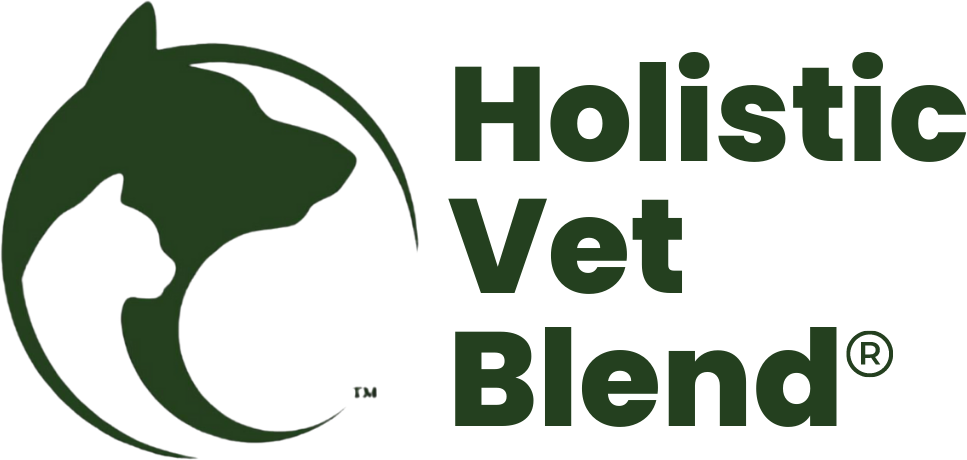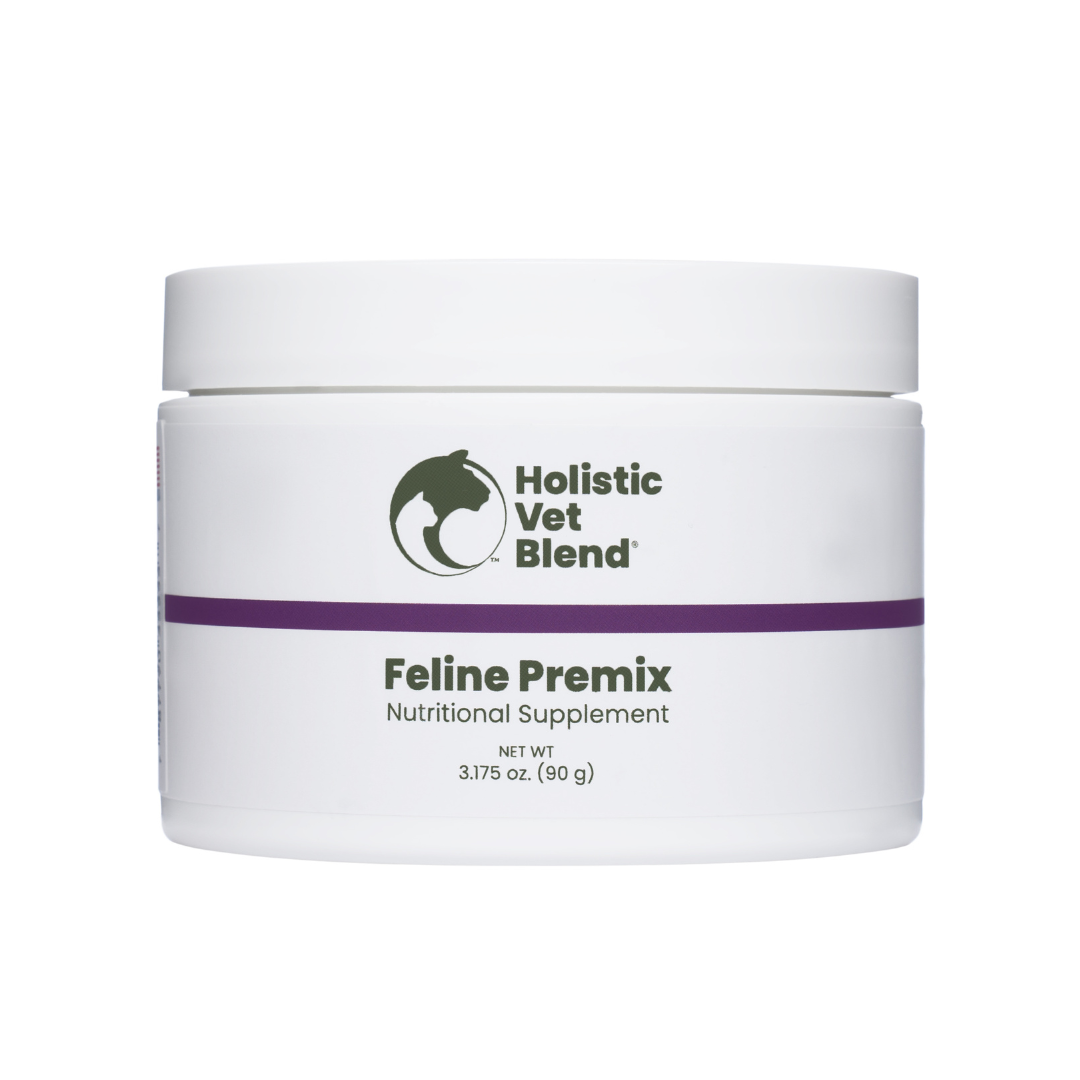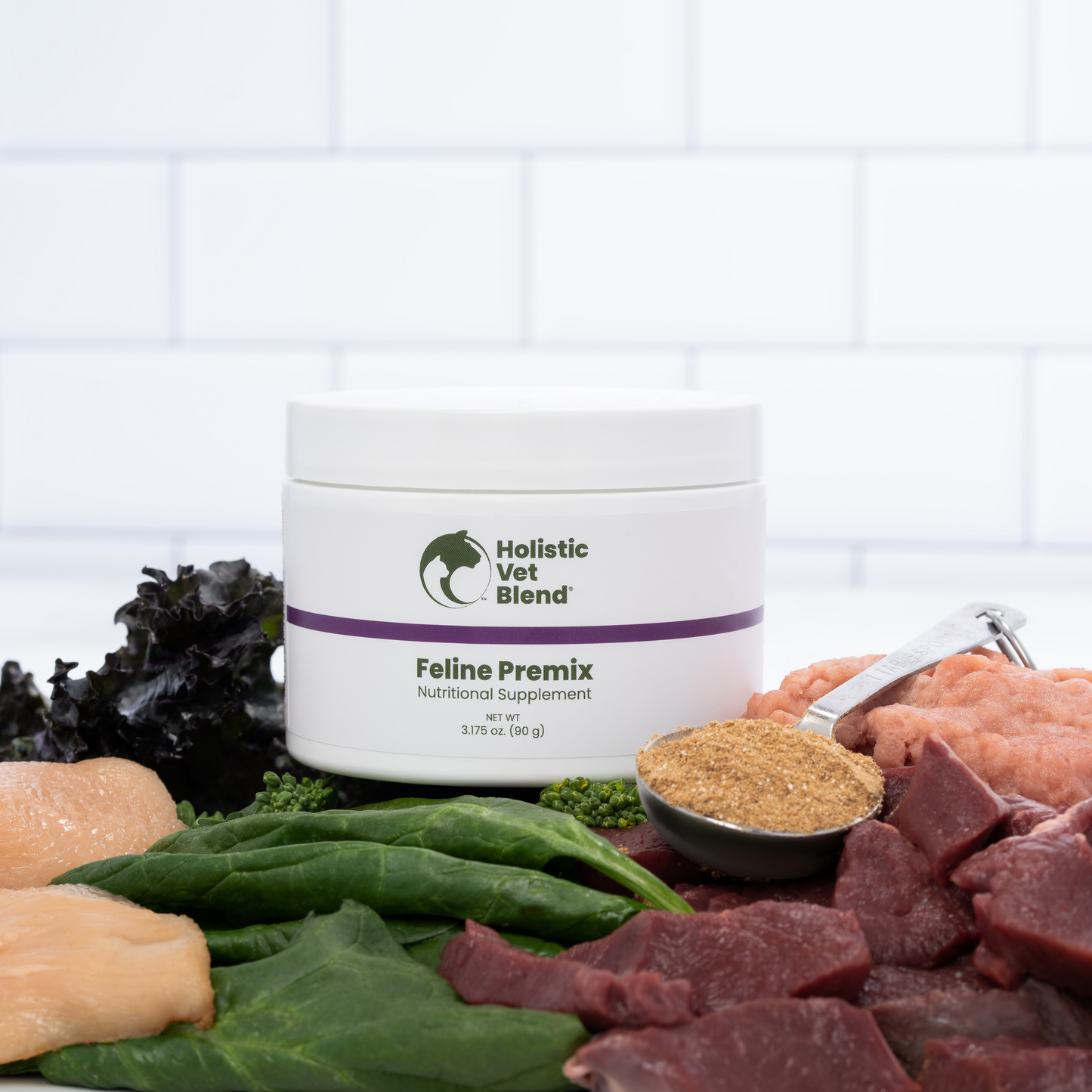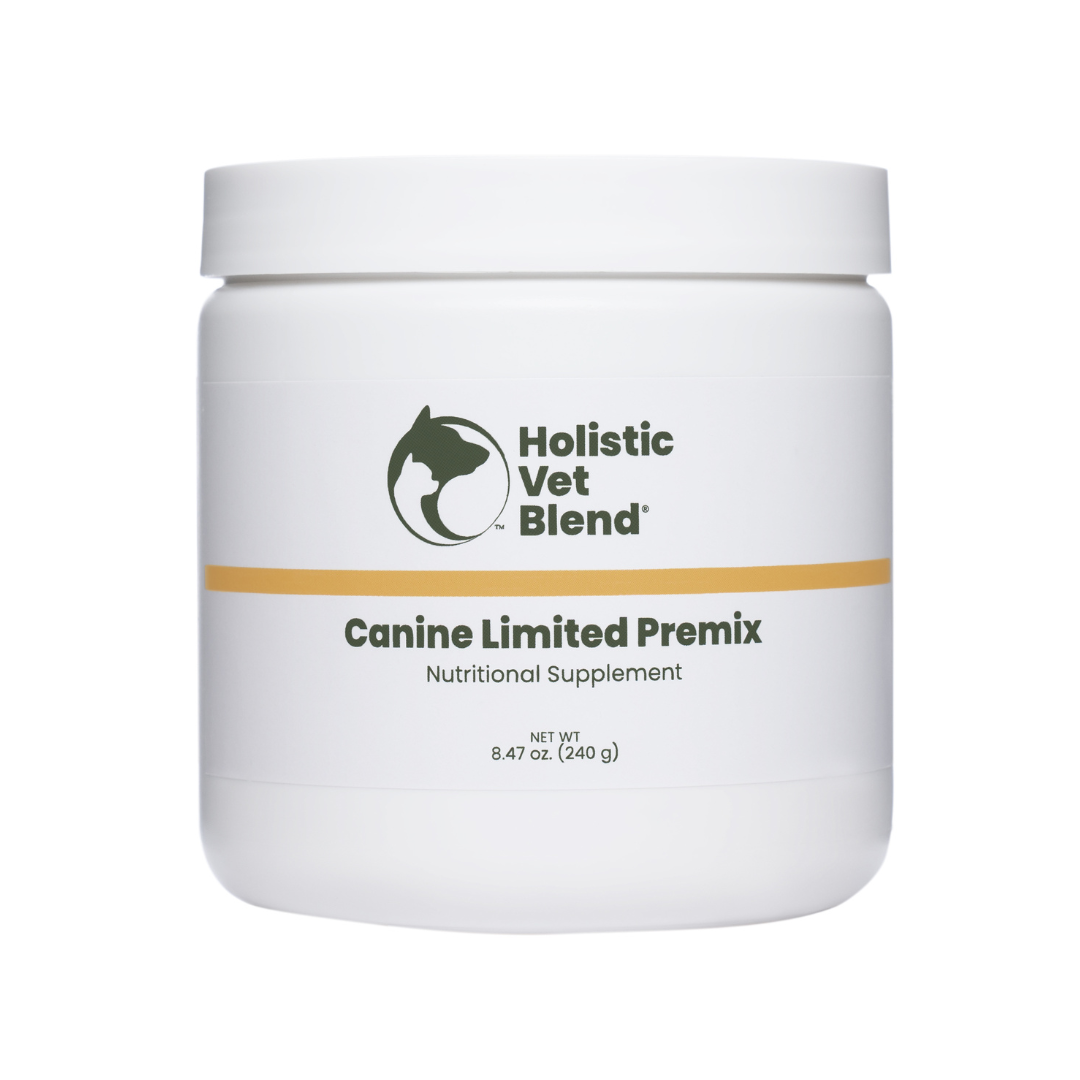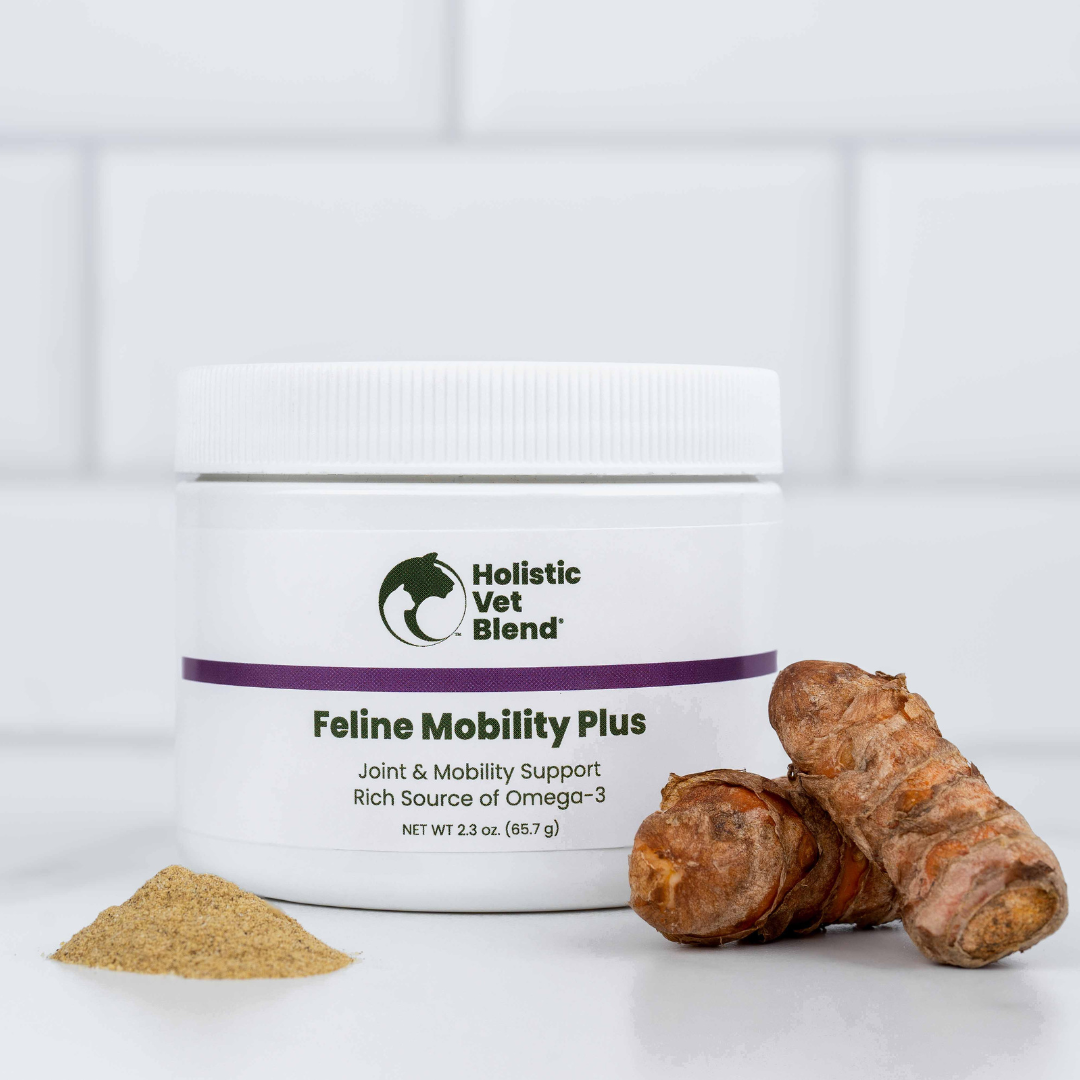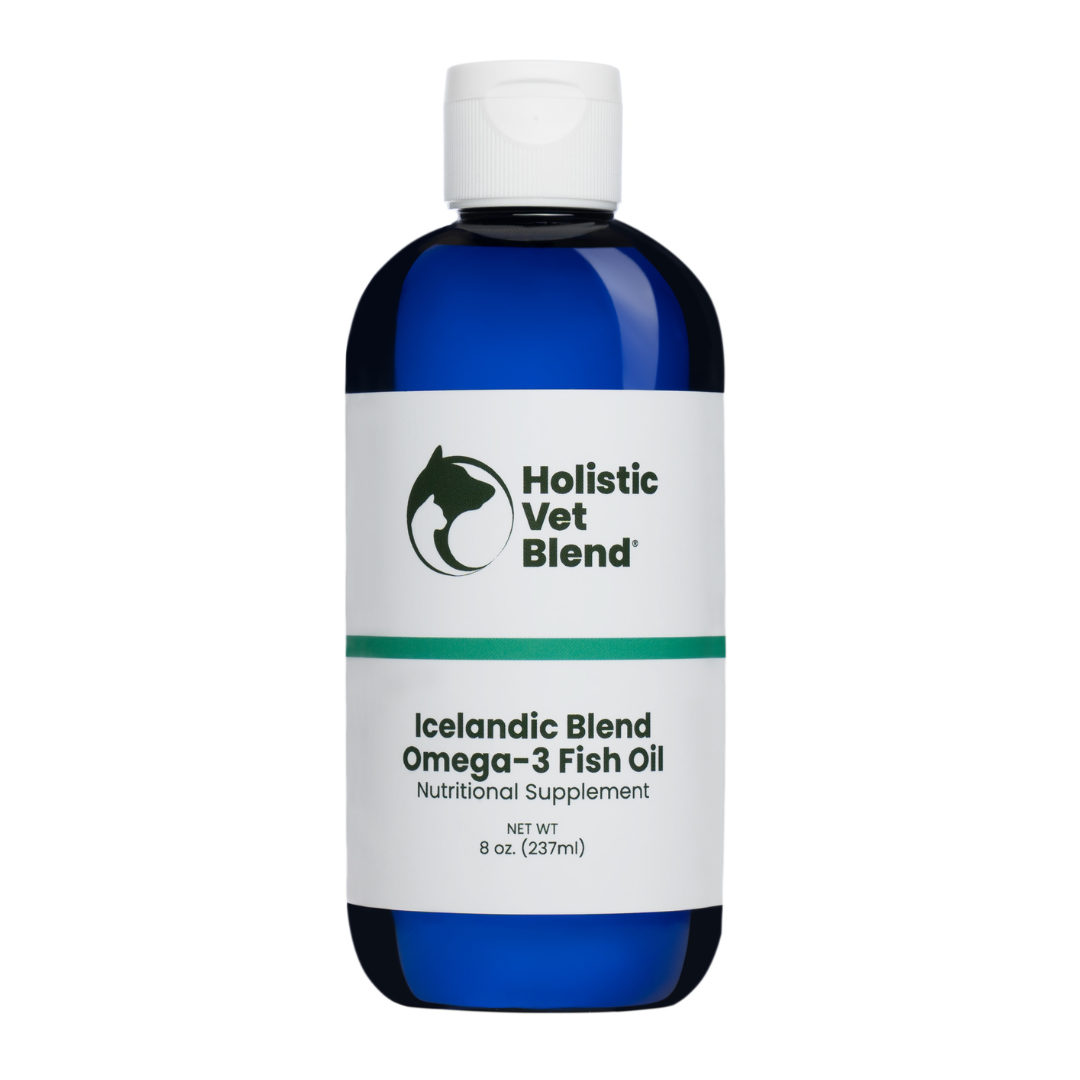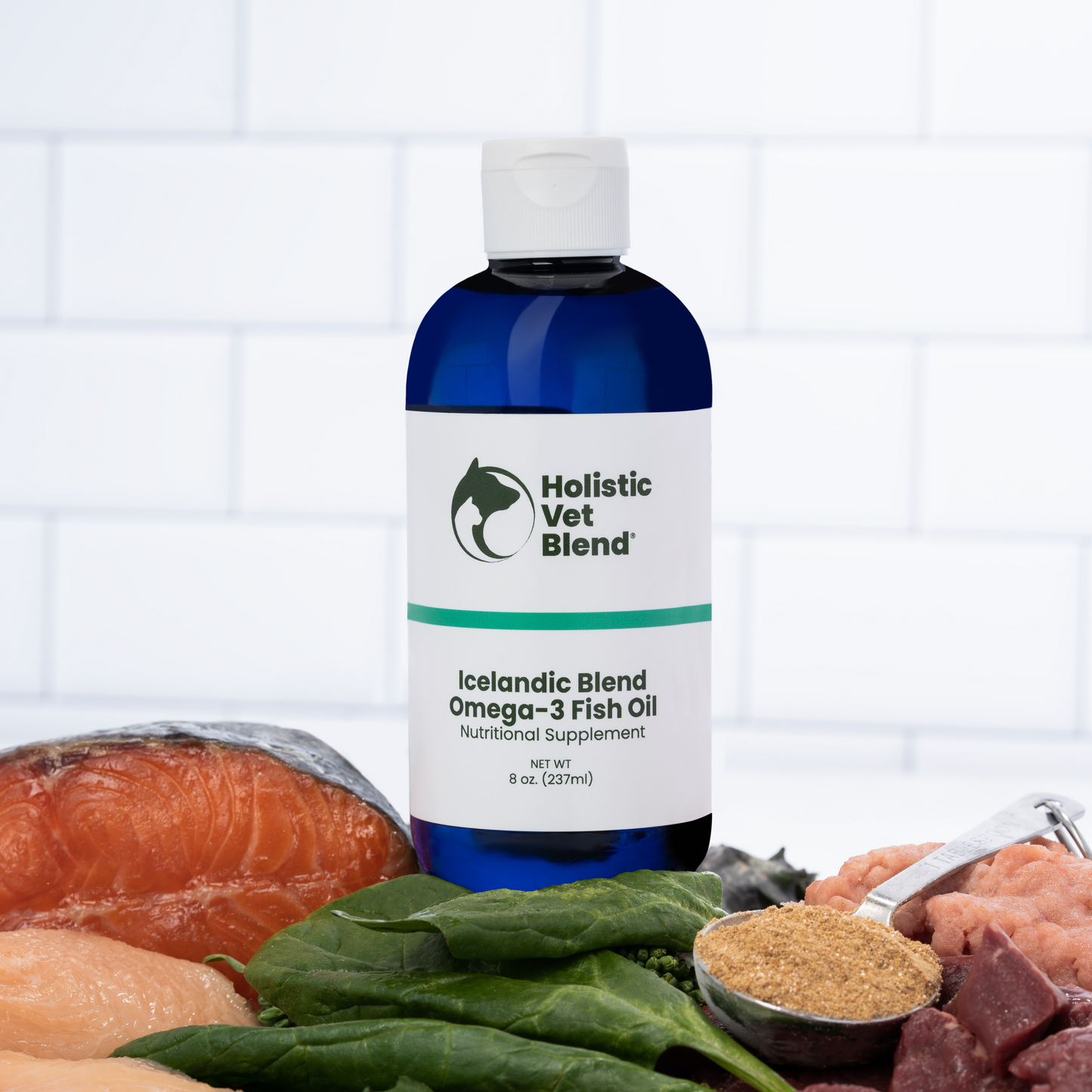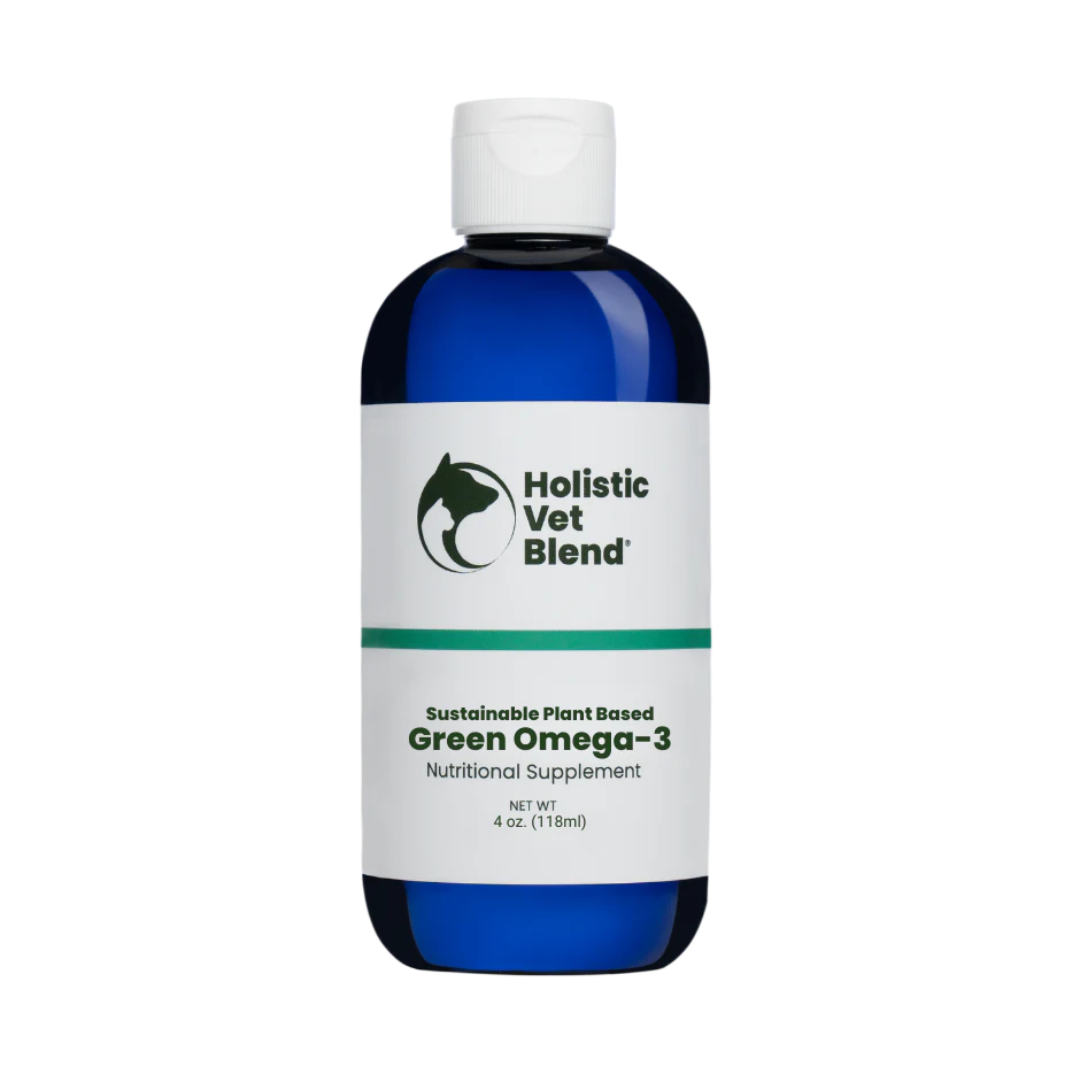
As a holistic veterinarian, I like to use pet friendly pest control as part of my plan to repel fleas, ticks, and mosquitoes on my myself and my pets. There are many commercial products available for that use natural ingredients to repel these pests. Two commercial products that repel insects on pets include Wondercide and Bug MD. There are also some DIY methods for repelling insects on pets that we will discuss.
‘All-natural' products aren't created equal
All natural and organic doesn't mean there is no danger. It can be hard to tell which products are 100% natural and also safe for pets. Add to this the labeling and marketing of products can be misleading. The presence of permethrin is an important example.
Permethrin is a great example of a natural product that can be extremely toxic. Although it comes from chrysanthemums and is technically natural, it is one of the leading toxicities in cats reported to poison control.
Permethrin is not toxic to many animals, with the exception of cats, in which it can be deadly. Although, permethrin is a chemical form of natural pesticide the FDA also found it weak carcinogen for humans as well.
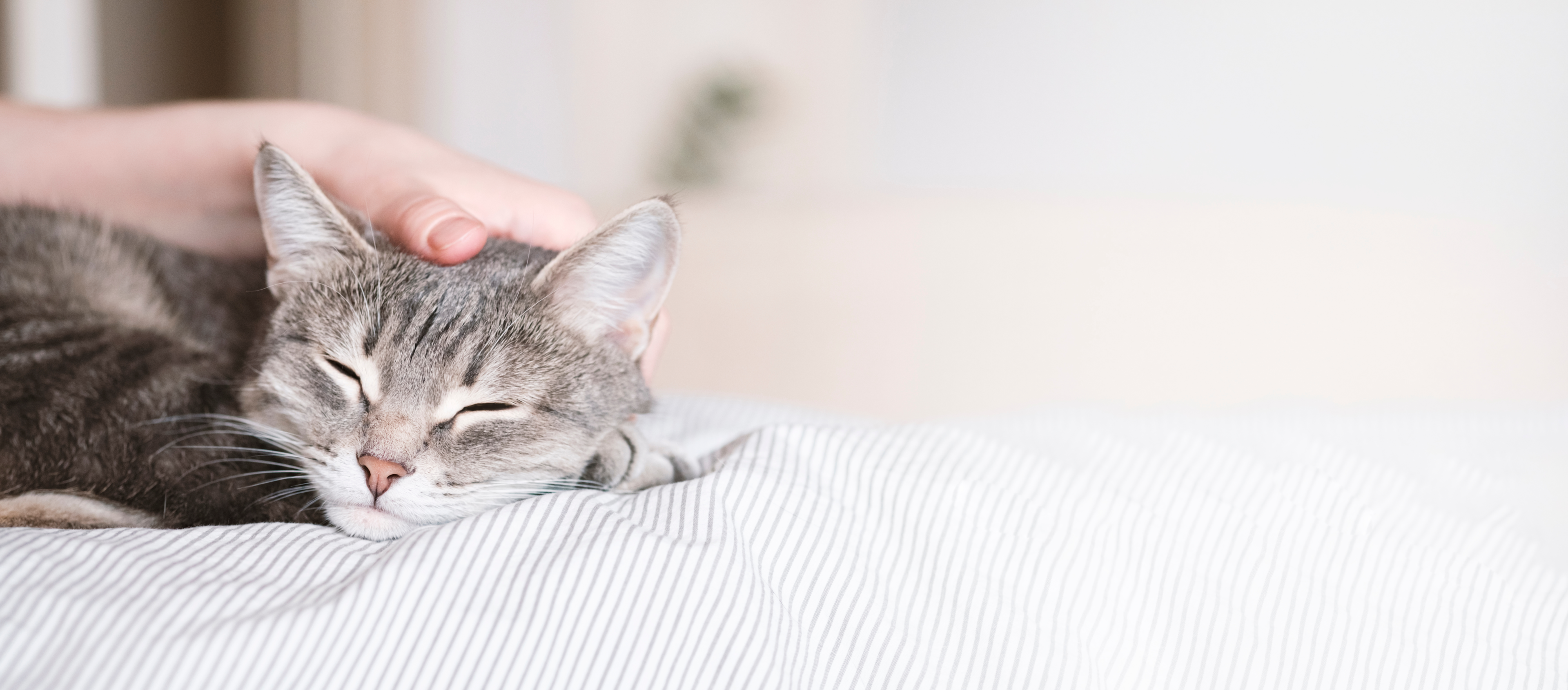
Permethrin is deadly for cats and should never be used on or around them
While permethrin is frequently used as an insecticide and is safe around many animals, it is highly toxic to cats.
What bug killer is safe around pets?
Wondercide uses a combination of essential oils, such as lemongrass, cedar, lavender, and rosemary, to naturally repel fleas and mosquitoes. Their sprays are safe for pets and humans and can be used on everything from pet bedding to your own skin.
But keep in mind anything in excess can be toxic. The poison is in the dose! More is not necessarily better.
Bug MD is another great option for natural flea and mosquito prevention. They use a blend of essential oils, including peppermint and clove, to repel pests without the use of harsh chemicals. Their products come in various forms, including sprays, wipes, and even patches that can be attached to your pet's collar.
If your pet does scent work be mindful that this product or any products that contain clove oil. This is one of the odors that the dogs search for.
DIY essential oil application for pets is a safe pet friendly pest control
If you prefer to make your own DIY pet-safe insect repellent? One effective recipe uses lemongrass essential oil, which is a natural insect repellent. Here's how to make it:
Ingredients:
- 1 cup water (I use purified or distilled so that the spray bottle performs best with a mist)
- 10-15 drops lemongrass essential oil
Instructions:
- Add 10-15 drops of lemongrass essential oil to 1 cup of water.
- Mix well.
- Pour the mixture into a spray bottle.
- Spray onto your pet's fur and rub it in. Be sure to avoid the eyes, nose, and mouth. I shield my pets eyes when I spray them down. Be prepared to go out for a walk immediately so they do not lick the essential oil off.
What is Lemongrass oil and is it more tolerable than some oils?
Lemongrass is safe for pets and has a refreshing scent that many pets enjoy, making this a great option for those who are sensitive to strong smells. I have a hard time with the strong scent of some essential oils such as cedar oil, and I don't mind spraying this on myself and my pets.
Make a DIY pet repellent collar or bandana
In addition to lemongrass, there are other natural options for DIY flea and tick repellents. One option is to make an herbal flea collar using a bandana or strip of fabric. Simply add a few drops of essential oils such as lavender, peppermint, and citronella to the fabric, then tie it around your pet's neck like a collar. The scent of these oils will repel fleas and ticks, while also providing a pleasant aroma.
When making an herbal flea collar, it is important to dilute the essential oils in a carrier oil such as almond oil or coconut oil before applying them to the fabric. Use 2-3 drops of each oil per tablespoon of carrier oil. A combination of oils such as lavender, peppermint, and eucalyptus can be effective in repelling fleas and ticks. However, it is important to note that some essential oils can be toxic to pets, so always do your research before using any new oils on your pet.
Cats are sensitive to essential oils
Cats especially, are very sensitive to essential oils and the toxic dose is much less than in dogs. I personally do not like to use any essential oils on my cat. Don't even try using this on cats with asthma.
Wondercide claims that their products are safe for cats. "Safe for dogs and cats of all ages when used as directed." If you do use anything on your cat, start with a small amount and gradually increase if they tolerate it.
Can I use garlic as pet friendly pest control?
Unfortunately, there are absolutely no studies supporting the use of garlic as flea control. There are plenty showing it does oxidative damage to red blood cells. As an excellent antioxidant in small amounts it is probably okay (especially if your dog is Greek or Italian:) but I wouldn't count on it as the only method of flea control. I did find one study that showed garlic repelled the nymphs of one particular tick in Connecticut, but necessitated numerous applications (1).
What about inside your home environment?
As a holistic veterinarian, I believe that taking a natural approach to flea and tick prevention is important not only for our pets, but also for the environment. One area that especially gets overlooked is treating the home environment. Fleas and ticks live predominantly on carpets, bedding, and furniture, making it difficult to keep our pets free from these pests. For every one flea you see on your pet, there are hundreds in the environment.
Is there a DIY alternative for the home environment?
One DIY solution is diatomaceous earth, which is a fine powder made from the fossilized remains of tiny aquatic organisms. It works by dehydrating and killing fleas and ticks on contact, while also being safe for pets. Simply sprinkle diatomaceous earth lightly over carpets, bedding, and other areas where your pet spends time. Leave it on for at least four hours, then vacuum it up. Be sure to use food-grade diatomaceous earth, as the non-food grade type can be harmful if ingested. I personally do not like using it as it is very dusty and I do not want to inhale it. Again, something that is natural but I don't want to dust my home and pets with something that will be inhaled. Wearing a mask is something I have not tried.
What commercial products can I use in my home for pest control?
Another option is to use a commercial product such as Flea Busters. This product uses a borate-based powder that is safe for pets and humans, while also being effective at killing fleas and their larvae. Simply sprinkle the powder over your carpets and furniture, let it sit for a few hours, then vacuum it up. Flea Busters recommends treating your home every 12-18 months to prevent flea infestations.
Treating the home environment is an important part of a natural flea and tick prevention plan. Whether you choose to use a DIY solution like diatomaceous earth or a commercial product like Flea Busters, always be sure to choose pet-safe options that won't harm your furry friend. By taking a holistic approach to flea and tick prevention, you can help keep your pet healthy and happy while also protecting the environment.
What about pest control in my yard?
There are beneficial nematodes that you can apply to your yard. They require moisture and the soil must be irrigated. This would not work for a very dry drought prone environment, but fortunately in these cases fleas do not survive as well. Instead use a commercial product like Wondercide or Bug MD.
Taking a multimodal approach to flea control is important
Regardless of which method you choose, it's important to take a multi-faceted approach to flea and tick prevention. Along with treating your home environment, make sure to keep your pet's bedding clean, wash their toys regularly, and vacuum frequently. You may also want to consider using a natural flea and tick repellent on your pet, such as a lemongrass spray or herbal flea collar.
Can I use a pest control service?
Be sure to ask questions about pet friendly pest control and do your own research before applying pest control products to your yard and home. Be sure to ask how long you should wait before allowing your pets on the lawn or in your home. Also, make sure your neighbors alert you if they are using any type of poison or pest control around their homes.
Talk to your veterinarian about your pets risk factors
It's important to check with your veterinarian about the prevalence of heartworm and tick borne diseases in your area. It's so much easier to prevent heartworm disease than to treat it. The treatment is very toxic, so much more toxic than flea and tick control products. If you are in a Lyme area and your pet brings home ticks that are too small to see and you are bitten, you could be in for a lifetime of suffering.
Conclusion
There are many natural eco friendly alternatives to commercial insect repellents that can help keep your pets free from fleas and mosquitoes. Whether you choose to purchase a pre-made product or make your own DIY solution, always be sure to choose safe and non-toxic ingredients for your furry friend and follow the directions carefully. Avoid DIY solutions in cats as they have not been tested.
In addition, treating the home environment is an important part of a natural flea and tick prevention plan. Whether you choose to use a DIY solution like diatomaceous earth or a commercial product like Flea Busters, always be sure to choose pet-safe options that won't harm your furry friend. By taking a holistic approach to flea and tick prevention, while at the same time looking at your risks for potentially devestating diseases. We want your pet to be as healthy and happy as possible, while keeping the planet, ourselves, and our pets safe.
(1) Effectiveness of Garlic for the Control of Ixodes scapularis (Acari: Ixodidae) on Residential Properties in Western Connecticut J Med Entomol 2015 Jul;52(4):722-5.doi: 10.1093/jme/tjv044. Epub 2015 Apr 21.
